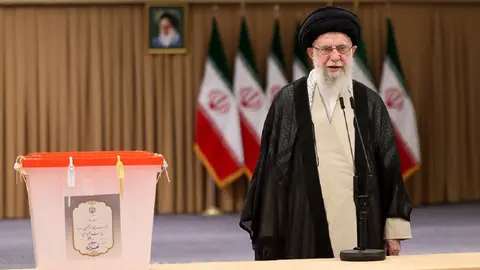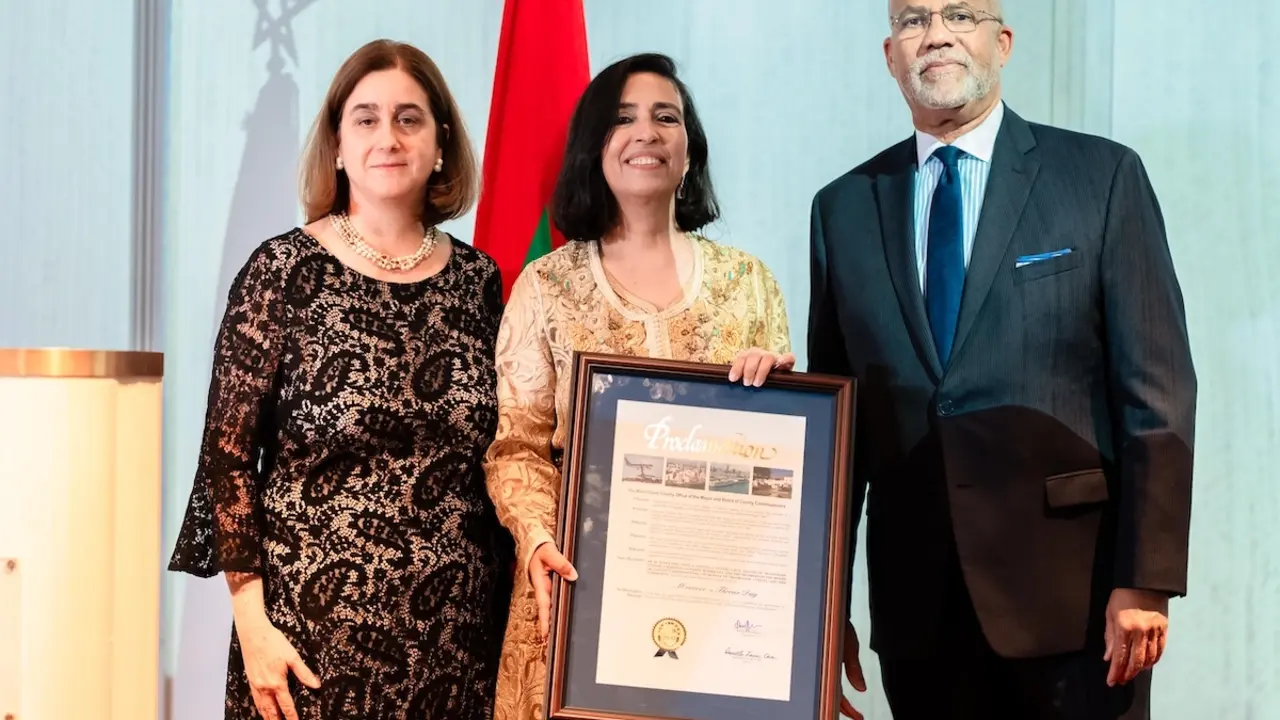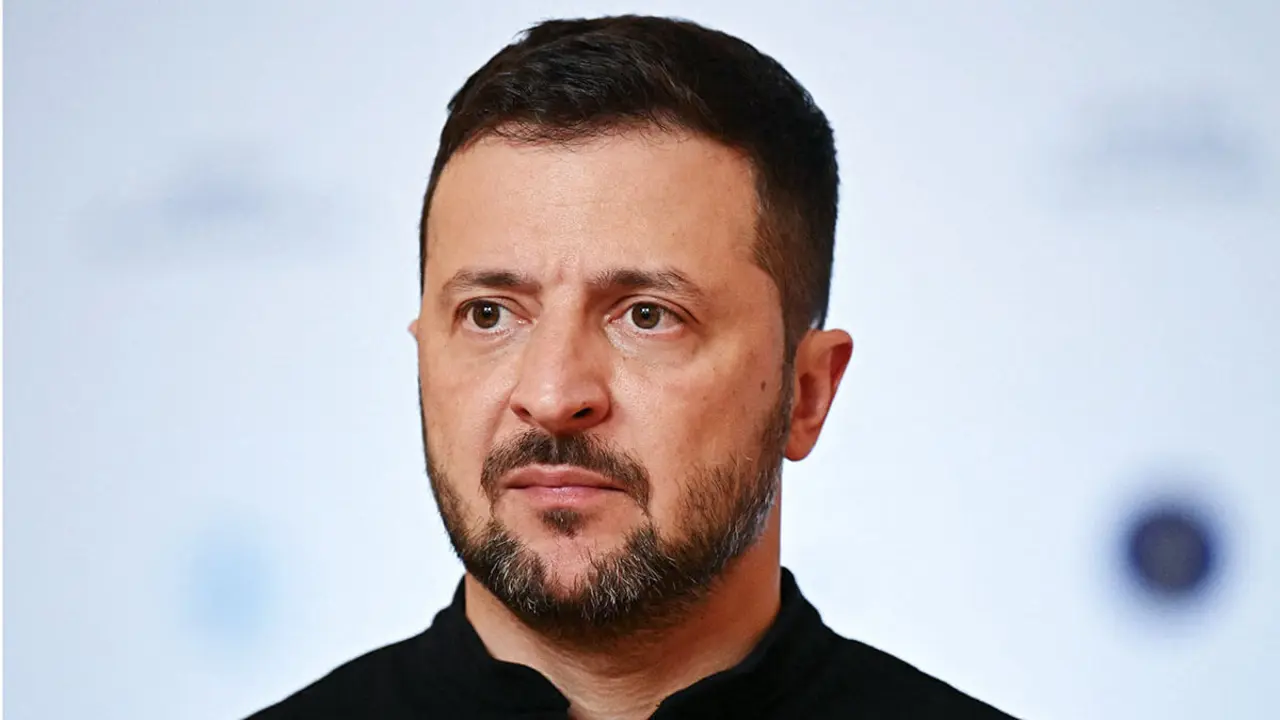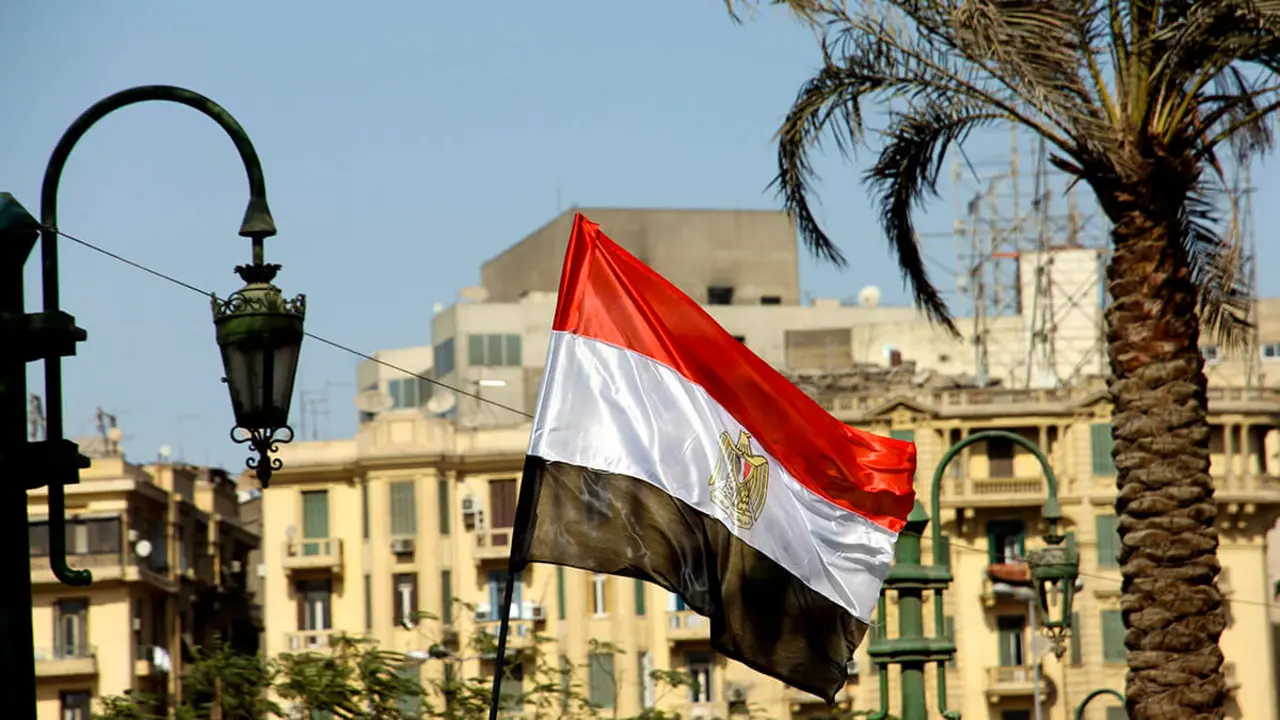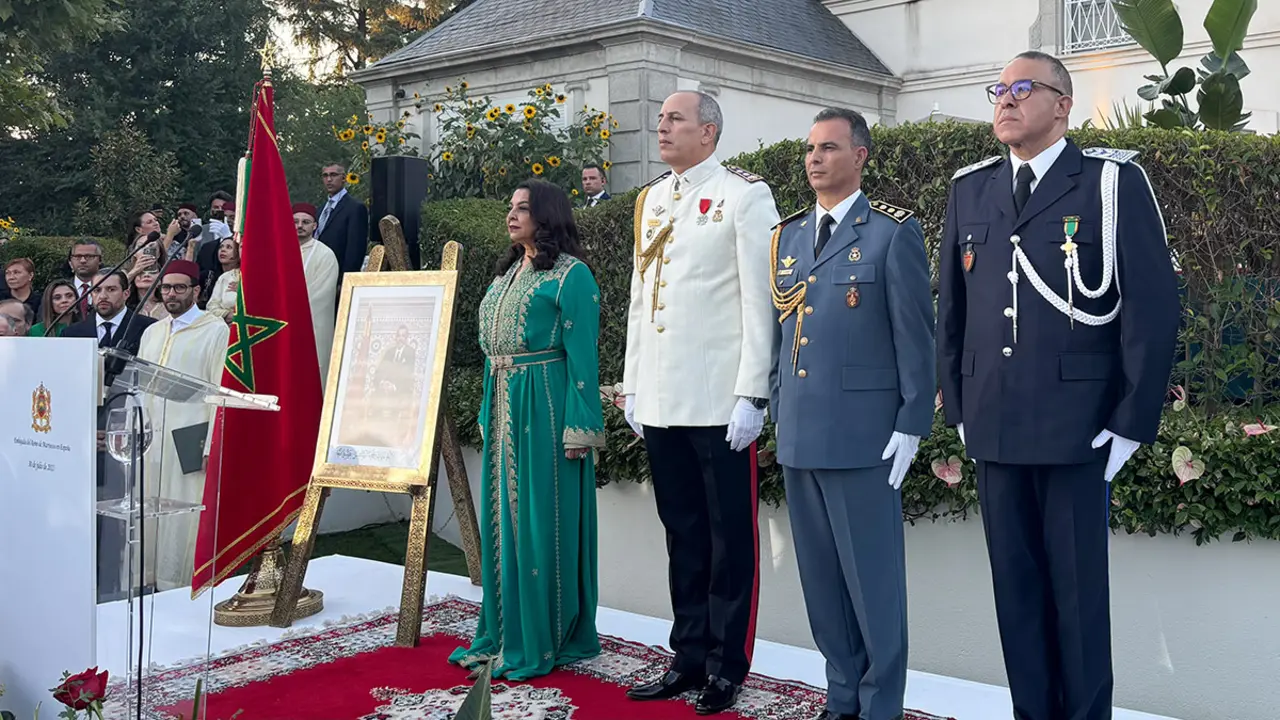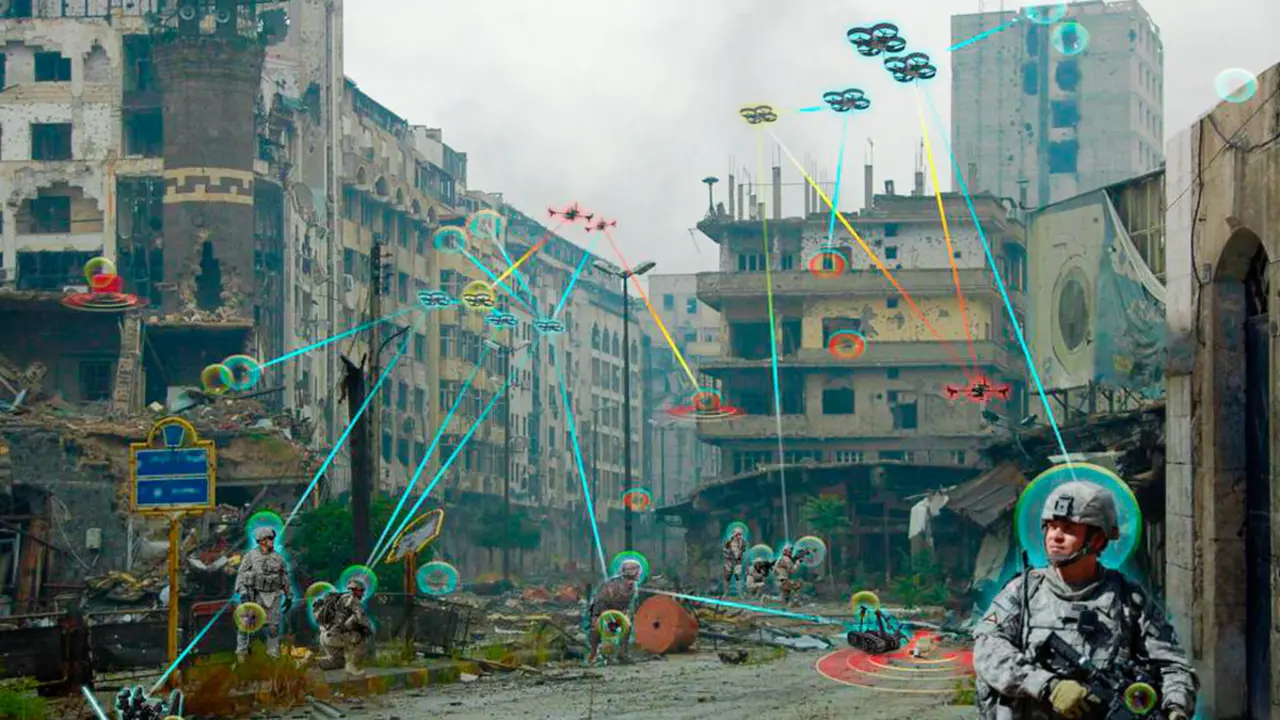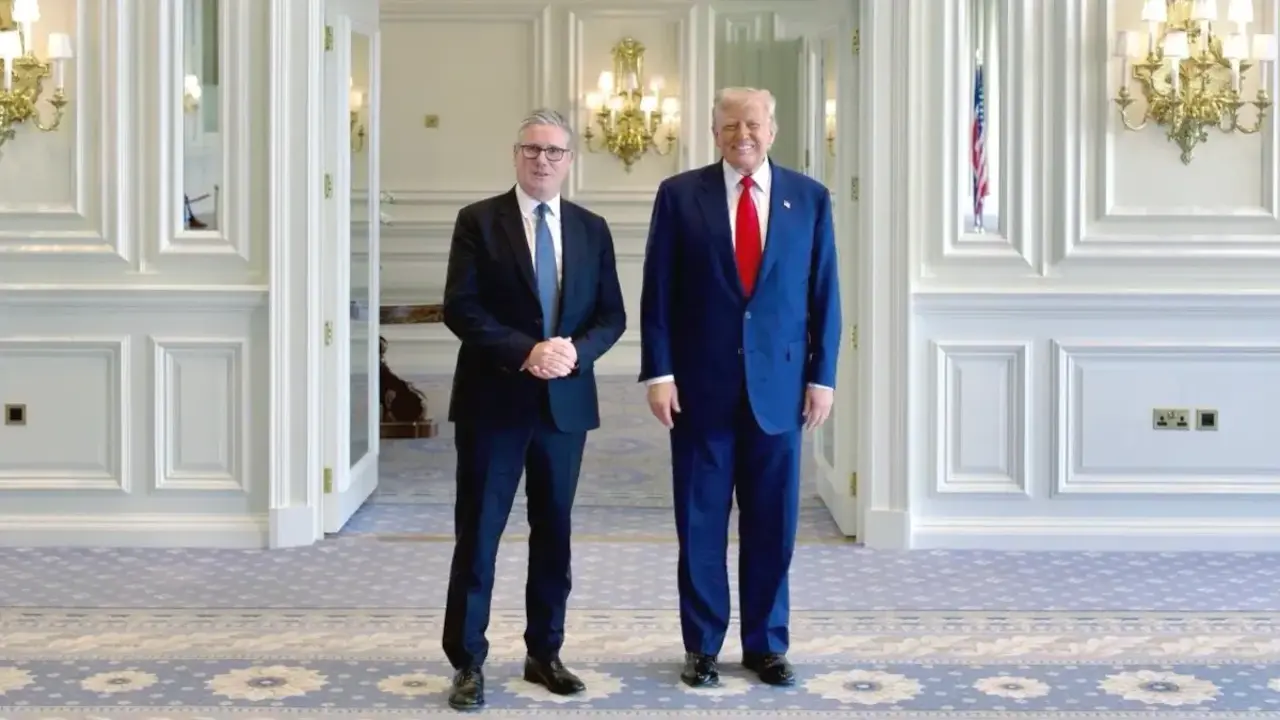Iran's nuclear programme, a source of controversy
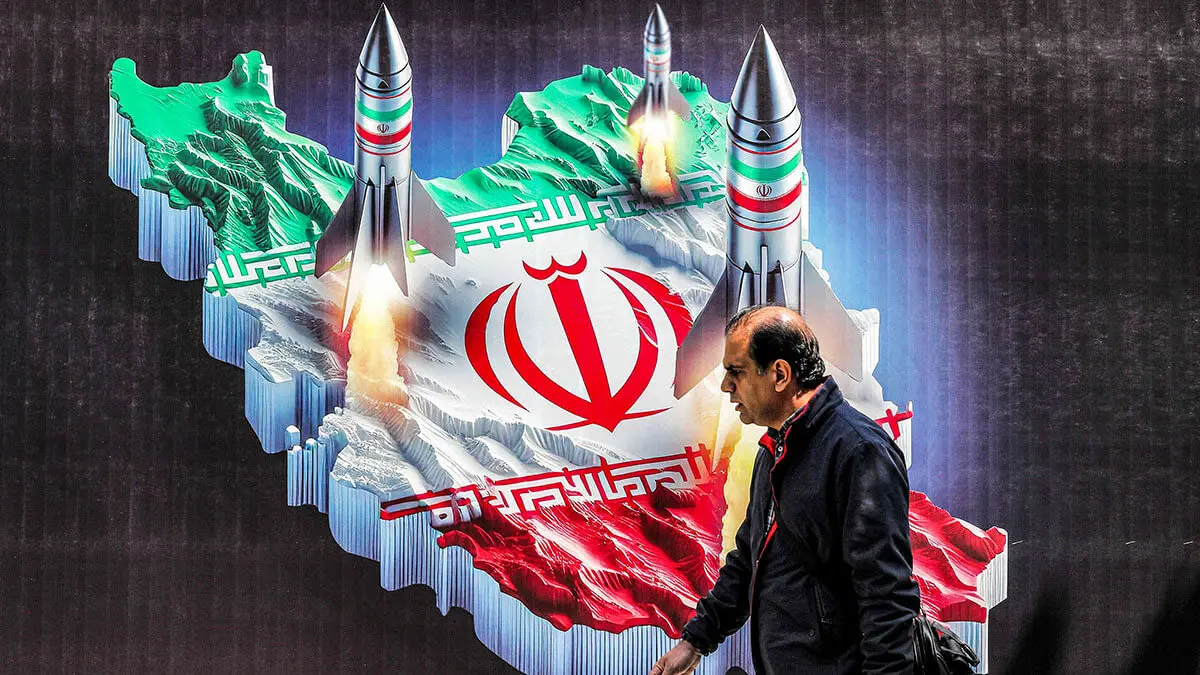
The role of the Islamic Republic of Iran in the international arena is decisive. Its strategic geographic location, its natural resources and its role in the Muslim world make it a key player whose actions have influence throughout the world. In addition, it has the courage to establish itself as a dominant regional power.
In the context of the situation described above, considering its national aspirations, and given the context of rivalry with Saudi Arabia and the open confrontation with Israel, Iran has taken the decision to strengthen its position by becoming a nuclear power despite international opposition.
The 1979 revolution marked the beginning of Iran's military nuclear ambitions. However, it was the previous regime, with US support, that laid the foundations for access to atomic energy for civilian purposes, a necessary embryo for the path to nuclear weapons.
In 1957, the Shah and President Dwight Eisenhower signed an agreement on civil nuclear cooperation in the framework of the US Atoms for Peace programme and, as a result, the Central Treaty Organisation's Institute of Nuclear Science moved its headquarters from Baghdad to Tehran.
Two years later, the University of Tehran established the Nuclear Development Centre. Subsequently, in the framework of the so-called ‘White Revolution’, a programme for the economic, political and social development of Iran, the Tehran Research Reactor (TRR) started operations at the Development Centre.
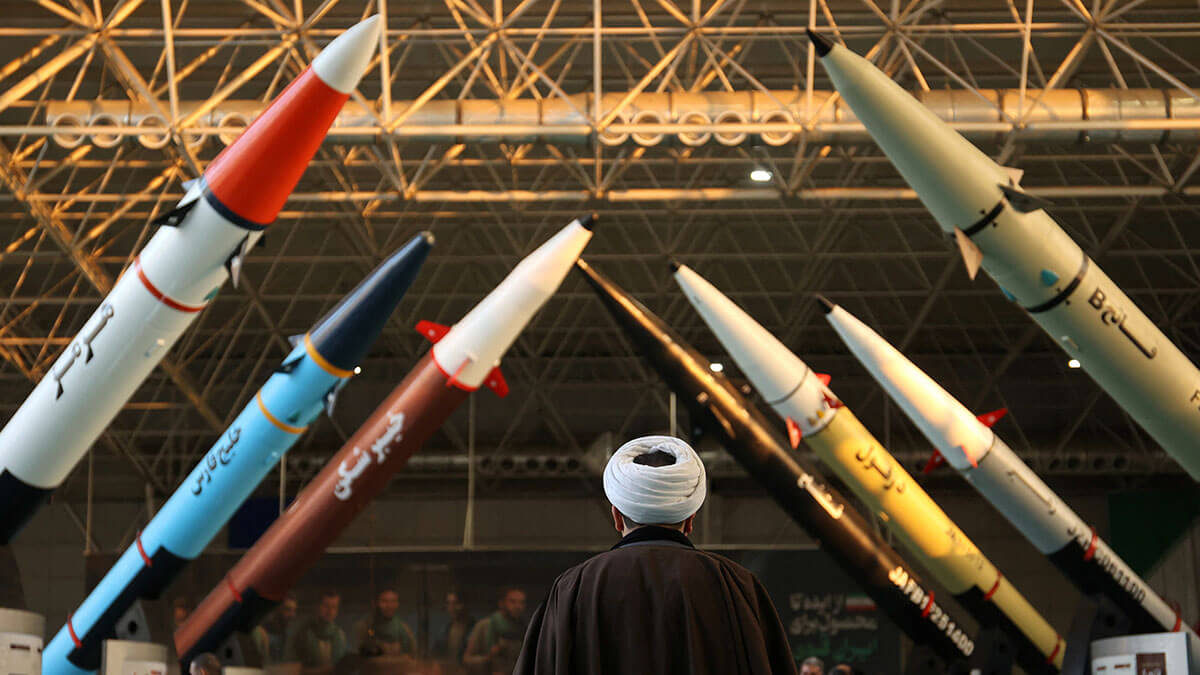
The following year, Iran signed the Non-Proliferation Treaty, which was ratified by Parliament in 1970.
As early as 1974, only five years before the revolution, the Atomic Energy Organisation of Iran (AEOI) and the Esfahan Nuclear Technology Centre were established for the development of this technology. Iran signed a 1.2 billion dollar deal with the French-based Eurodif consortium to enrich uranium on French soil and supply fuel for TRR and future nuclear power facilities. Agreements were also reached with West German and French companies to build reactors at Bushehr and Bandar Abbas, and Iran acceded to the NPT Verification Agreement. This allowed the International Atomic Energy Agency (IAEA) to independently verify the accuracy of Iran's declarations about its nuclear material and activities.
Despite the Shah's statements that ‘Iran has no intention of acquiring nuclear weapons, but if small states will start building them, Iran may have to reconsider its policy...’ the country never took such a step before the revolution.
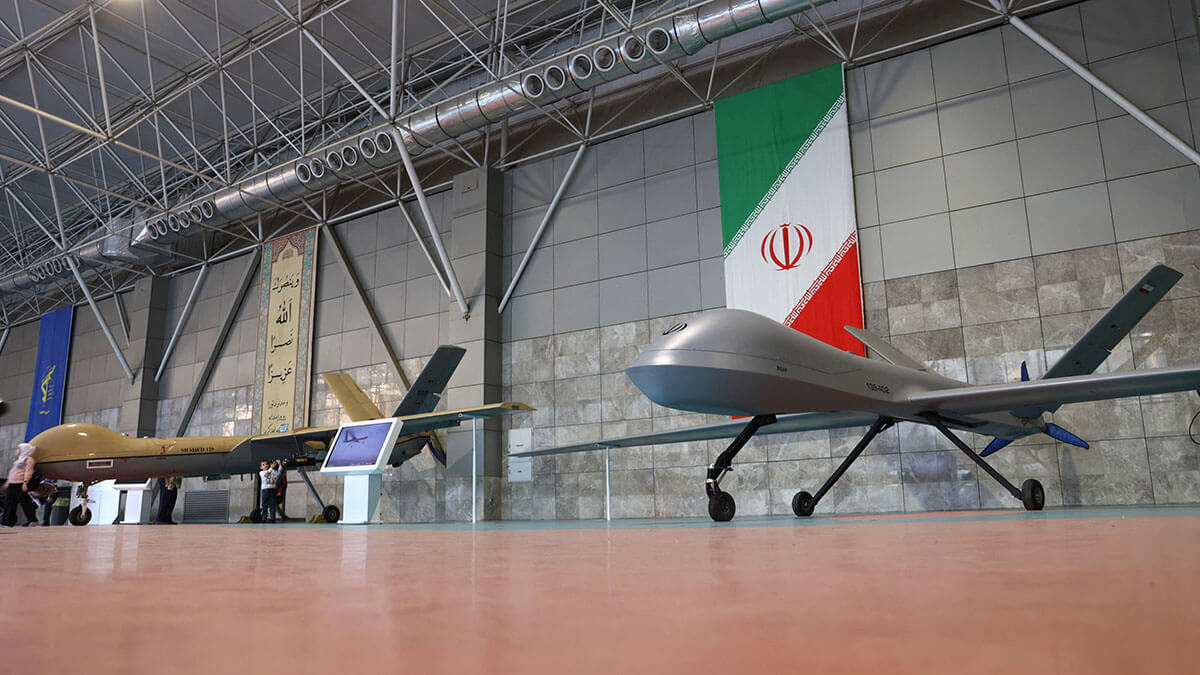
With Khomeini's accession to power came a clash with the US, which had hitherto largely sponsored Iran's nuclear programme, even signing a memorandum of cooperation to finance the construction of 6-8 nuclear reactors. Sanctions soon began, and in a context of heightened tension, in 1981, the discovery of four undeclared uranium deposits was announced. Even so, in 1983, the now Islamic Republic of Iran requested aid and assistance from the International Atomic Energy Agency for the production of uranium hexafluoride, a gas necessary for uranium enrichment.
From then on, Iran was supported first by China, and then by Russia, in developing its nuclear programme, so far for civilian use. Both powers financed projects and transferred the necessary technology.
In 2002, a year after the attacks on the twin towers, President George Bush accused Iran, along with other countries, of producing and/or possessing weapons of mass destruction. It was then that the opposition group Mujahedin Khalq revealed that Iran was secretly building two nuclear power plants: an enrichment plant at Natanz and a heavy water nuclear power plant at Arak. In the face of the evidence, Iran acknowledged the existence of Natanz and other facilities, announcing that it had extracted uranium from a newly discovered mine in Savand. It accepted amendments to the NPT Subsidiary Arrangements requiring it to notify the IAEA of its intentions to establish nuclear facilities, but this approval was not ratified by Parliament.
The following year, during a speech, President Khatami stated in a public address: ‘We do not need atomic bombs and, based on our religious teachings, we will not pursue them. But at the same time, we want to be strong, and being strong means having knowledge and technology’. Ambiguous or contradictory statements, but they give us an idea of Iran's aspirations.

From this point on, Iran's attitude may appear erratic, giving the impression that it has been trying to play games with the international community. It has both shown a willingness to engage in negotiations and reaffirmed Khatami's words, and has given clear evidence that it is taking all the necessary steps to at least have a nuclear weapons capability of its own.
The main motivation for countries seeking to develop nuclear weapons or a nuclear weapons capability is to respond to a state's security concerns.
If a state feels insecure in a hostile regional and international environment, it is likely to seek to acquire nuclear devices. In an extremely threatened regional security environment, a nuclear capability may be seen as its only defence or deterrent.
Another important driver may be the acquisition of prestige internally and status and influence externally. Even if that prestige takes a downward drift as a consequence of acquiring nuclear weapons, influence will remain important. The perception of threat by a state's neighbours in a competitive regional strategic matrix plays a crucial role in the acquisition of nuclear weapons, and this was the main cause of nuclear proliferation during the Cold War.
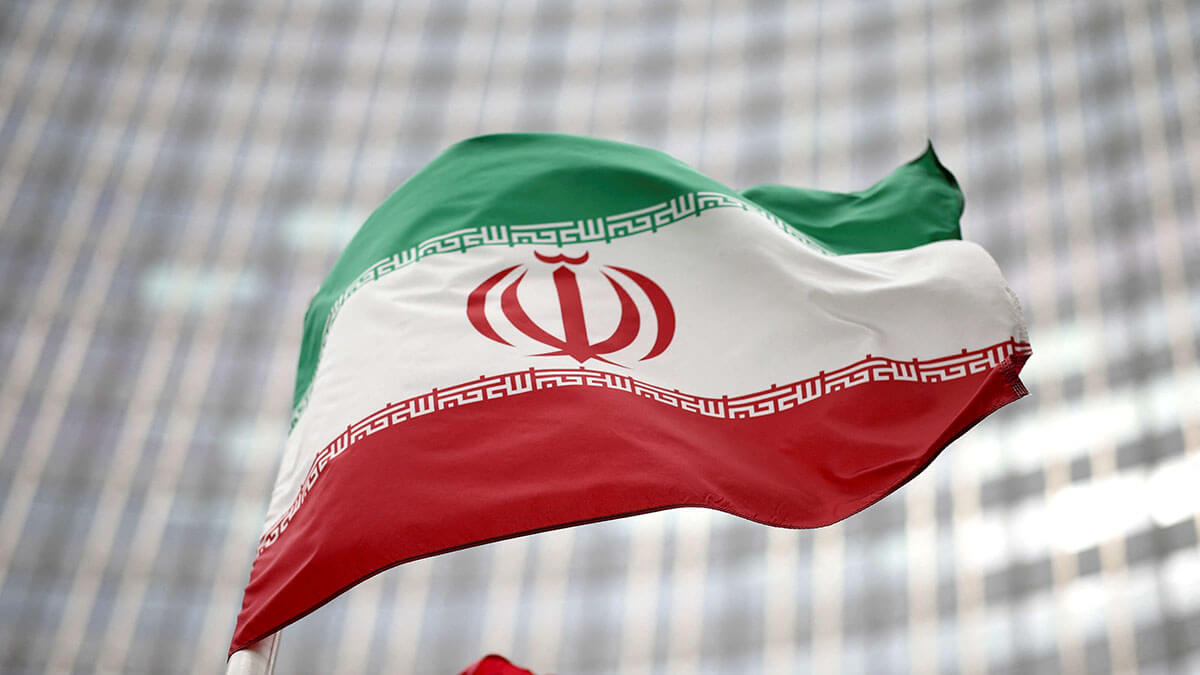
The security factor as a reason for pursuing nuclear capability is evident in the thinking of Iranian decision-making circles. They perceive serious threats to their security from Israel and the US, although Tehran's leaders claim that their programme is not for nuclear weapons but for peaceful civilian purposes. However, in an expanded hostile regional environment, the nuclear weapons option for a state like Iran would be a rational choice, as it would not be able to win a strategic arms race in the region with a weak economy due to sanctions.
Iran claims that its aspiration to have a nuclear weapons capability is purely for deterrence, and that its intentions are entirely peaceful, as it seeks to preserve the country's political system and not to spread nuclear power to allied forces in the region. Intimately linked to its nuclear programme is Iran's military development, both of which are linked to Iran's attempt to become a prominent regional power and to consolidate its position in the Middle East region.
It cannot be forgotten that Iran is geographically located in an area where four countries have the programmes, weapons and/or know-how to become autonomous nuclear weapons possessors. Moreover, this strategic decision falls outside the Western parameters, which are so selective when it comes to nuclear power generation.
Among other reasons, Tehran also seeks historical justification. Iran has a rich history marked by the conquests and greatness of the empires to which it considers itself heir.
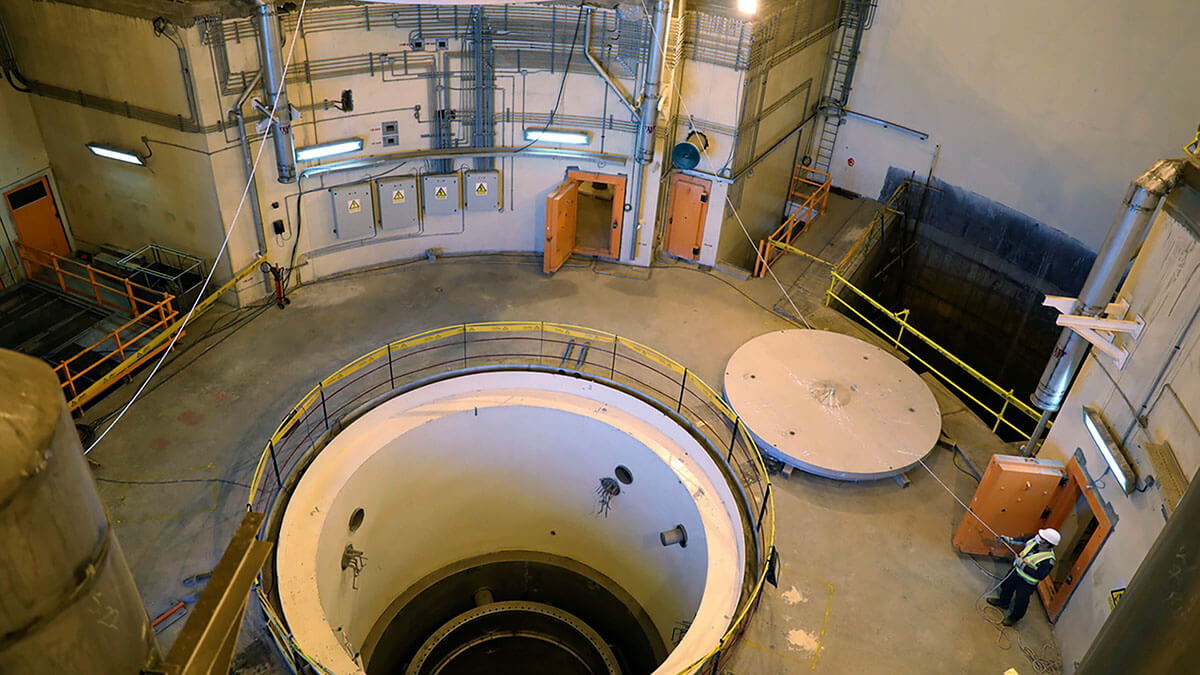
In both pre-Islamic and Islamic times, Iran experienced the rise of Persian imperialism. The Achaemenid Empire, Cyrus the Great in the pre-Islamic era and various kings and sultans of the Islamic era give Iranians a unique sense of dignity. Interestingly, post-revolutionary Iranian governments allow some legendary and traditional celebrations, as Iranians have a sense of honour for their past. For example, Iran's theocratic governments discourage citizens from publicising the celebration of Cyrus the Great Day on 29 October; however, Iranians, along with many political figures, support commemorative days based on this historical pride. Iran continues to pursue glory and prestige and sees itself as the custodian of age-old traditions. Thus, its nuclear programme can not only connect to this perceived historical prestige, but can also give them the opportunity to reclaim their lost glory as a proud Persian Islamic identity. Iran's nuclear power status can give it a sense of dignity and, in some ways, a level of prestige that parallels that of the world's nuclear powers and their contemporaries.
Similarly, his decision is based on the practices of former dominant powers in the region that during their period of presence in the region have deprived the population of access to basic technologies for their development and exploited their sources of wealth. In their view, these forces played a detrimental role in the region and limited the margins of the Iranian economy. All these parameters make it necessary to develop its own nuclear programme.
It is also interesting, in the chapter on justifications, to note Iran's position on the conflict with Iraq, which was a real human tragedy for the Ayatollahs' regime. For Iran, had it had nuclear capability, Saddam Hussein would never have launched a war against them.
Another important factor explaining Iran's nuclear ambitions is its ideology. Since the Iranian revolution all successive governments have followed their revolutionary strategy which is relatively fixed to Iranian culture and history as described above. Historically, revolutionary notions demand a change in the overall pattern of relations between states and also the renewal of political, social and economic trends and structures. According to this perspective, Iran maintains a sceptical attitude towards Western powers and considers its approach towards Iran to be selective due to its non-compliance with US policies.
In summary, what can be called justifications include deterrence, power status in order to establish itself as a regional power, the capabilities of neighbouring countries, and the possession of such weapons by its self-imposed enemy, Israel.
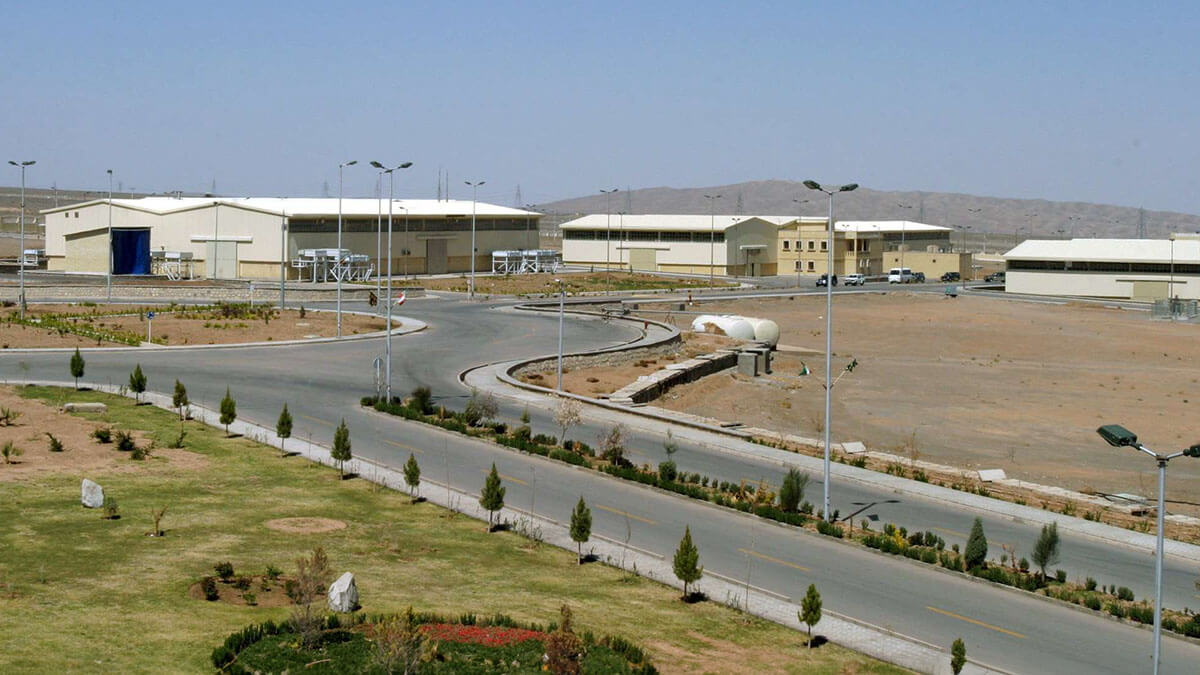
But even so, two other factors should not be forgotten: one is Iran's use of its programme as a bargaining chip and a tool to pressure the international community to negotiate the lifting of sanctions. The other is the religious factor. Iran, the leading exponent of the Shia current, a minority in the Muslim world, is at odds with Saudi Arabia as the leading exponent of the Sunni current. The Shiites currently represent approximately fifteen to twenty percent of the Muslim world compared to eighty percent of Sunnis. Acquiring nuclear weapons capability would help to balance the scales within the complex religious Muslim world.
Even with all that said, Iran's nuclear aspirations cannot be focused solely on the military. To say otherwise would be unfair. Iran's ambition is equally important to meet its energy needs and diversify its resources. Alternative energy generated through nuclear power plants would go some way to alleviating the problems of obtaining energy from fossil fuels, as fluctuating prices for fossil fuel energy create pressure on production and supply. Therefore, and in relation to the economic rationale for Iran's nuclear development, the consideration of clean and low-cost energy is another basic motivation for its nuclear strategy.
Like its Gulf Arab neighbours, Iran plans to rely increasingly on nuclear power for electricity, freeing up fossil fuels for profitable export. In the face of US attempts to close off access to nuclear fuel and materials, Iran insists on controlling the nuclear fuel cycle.
Today, the issue has become more complex due to the interests and concerns of regional and international actors. Serious tensions between Iran and the US and between Iran and the Gulf states, especially with Saudi Arabia at the regional level, define Middle East politics, and recent developments over the past three years, with the Ukraine conflict in the background, Iran's collaboration in supplying arms to Russia, and the first direct confrontations between Iran and Israel have only added to this complexity.



